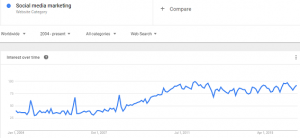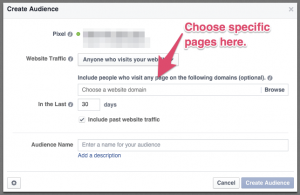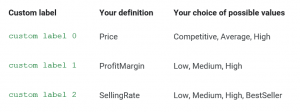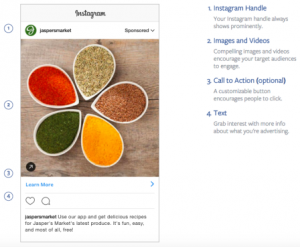Data, data everywhere, but no relevance in sight. Are you struggling to make sense of your customer data and use it effectively to personalize your marketing communications?
Many companies continue to develop and implement data strategies, trying to align their data insights with how their customers buy, in order to deliver relevant communications in a timely fashion. However, obstacles arise at every turn when businesses fail to put their customers at the heart of their data strategies.
Customer data platforms (CDPs) promise to solve data strategy problems, unifying data in a single place, providing a complete picture of how customers and prospects buy. Unfortunately, CDPs consistently fail marketers in delivering on this lofty promise. Why is that case and what can be done to make it better?
Why do CDPs fail to deliver?
CDPs require both IT and Marketing to collaborate to implement a solution, but IT and Marketing have different priorities and look at data from different perspectives. IT thinks about data from a technology standpoint. How will the company procure data? Where will the data live once it’s obtained? Who will have access to the data? How will the data repository interact with other business applications? These are all important questions, but customers remain an afterthought.
Marketing, on the other hand, typically focuses on how to attract customers and how the available data will enable them to attract more of them faster. Engagement metrics, such as open rates and click-through rates dominate discussions, while the evaluation of customer experience, acquisition, service, and retention often falls to the background behind the almighty number. Personalization and marketing efforts focused on how to serve customers, rather than how to sell them, ultimately leads to more holistic and customer-centric solutions.
What can be done to ensure CDPs deliver value?
To implement a Customer Data Platform effectively, IT and Marketing need to focus on customers first and data second. This sounds counterintuitive, but it’s critical for IT and Marketing to develop a common definition of customer needs and how to architect a data strategy that will support those needs. Working backwards from the customer’s perspective is the key to implementing a data strategy that will utilize analytical insights to deliver relevant content at the right time.
IT and Marketing can analyze existing data and develop an aligned view of how customers interact with the business. By understanding the optimal customer experience, IT and Marketing can utilize their unique skill sets to build out a data strategy to support it. Because it’s critical to obtain as much first-party data as possible to personalize communications to each customer, IT and Marketing can work together to design opportunities to collect data throughout the customer experience without annoying customers. This rich data will enable Marketing to serve customers more relevant and personalized information throughout the sales cycle.
Data Collection Opportunity
For an example of how IT and Marketing can work together, let’s look at a hypothetical business providing protein bars and energy gels to endurance athletes who race in marathons and triathlons, Enerjyze. While some customers are professionals, the majority are people with regular jobs who reserve time to train, so they can compete in events a few times a year. These part-time athletes make up most of the target market. If you’re in marketing at Enerjyze, how can you personalize your communications to these part-time athletes?
At racing events, IT and Marketing can collaborate to design an application to obtain relevant data from race participants. Almost all races have an expo in the days leading up to the race. At the expo, Enerjyze could offer people complimentary bars and gels as well as the opportunity to try new products. In exchange for the tastings, potential customers can answer a few questions on a tablet about their training regimens, enabling Enerjyze to collect data to help guide athletes on the best time to consume their products. The application would then analyze the data and recommend different products at specific times to have during training or a race, and this personalized content is delivered at appropriate times to customers throughout their race training.
Without obtaining this first-party data, it would be difficult for the company to deliver such a high level of personalization. This is how IT and Marketing can collaborate on a data strategy, putting customers at the center. By delivering athletes their own personal refueling guides, Enerjyze has ensured their content resonates with target customers, endearing them to the brand.
Customer Data Platforms will ultimately provide great value, but need the human creativity in IT and Marketing to come together and focus on the customer’s perspective. Only then can they collaborate to develop a data strategy that enables them to take advantage of the power of a CDP and implement it effectively.
This article was originally published on the KPI Insights blog and was reprinted with permission.
Digital & Social Articles on Business 2 Community
(49)





